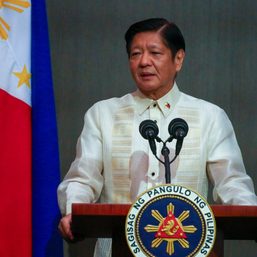The camera follows a man walking through a beautiful courtyard. He walks up the hardwood stairs, where many heads of state had once walked. He himself once ran through these stairs as a boy.
The palace is Malacañang, and the person looks every inch the man returning to his rightful place, reclaiming his legacy.
This man is Bongbong Marcos, and that dream-like sequence was part of the many vlogs he posted on his YouTube channel in 2018.
Since the EDSA People Power Revolution in 1986 toppled the late dictator Ferdinand Marcos, the Marcoses have been working their way to the national stage. In 2016, Bongbong Marcos ran for vice president, a position that could have easily made him president by now – based on Duterte’s previous remarks that he would have stepped down if Marcos had won.
But he lost – not only once, but thrice – to opposition candidate Leni Robredo.
A political strategy?
In an interview with Rappler, historian Leloy Claudio says that undermining the electoral system of the Philippines is one of Marcos’ biggest mistakes.
“Sa tingin ko, kaya niya ginawa ‘yun, kaya siya nag-propaganda war, claiming na dinaya siya noong 2016 is parang ngayon, ‘pag tumakbo siya ulit, pwede niyang gamitin ang narrative na, ‘Nadaya ako, kaya dapat manalo ako this time’,” Claudio says.
(I think he did the propaganda war claiming that he was cheated on in 2016 because if he runs for a position again, he can use that narrative, “I was cheated, so I should win this time.”)
Networked propaganda
Marcos lawyer Vic Rodriguez confirmed in an ANC interview that Bongbong Marcos is running for a national position in the 2022 elections.
Marcos owes his ascent to power in great part to a networked propaganda and a systemic disinformation campaign on Facebook and Youtube. (READ: Networked propaganda: How the Marcoses are using social media to reclaim Malacañang)
These posts glorify the late dictator, deny the abuses that transpired during Martial Law, and vilify perceived opponents.
Just a year before the 2022 elections, the lies continue.
Riding the coattails
Claudio thinks that one of the best tactics employed by the Marcos camp is to tap into the fan base of President Rodrigo Duterte, whose solid popularity on social media helped him secure the presidency in 2016.
“Huwag nating kalimutan na ang return ng (Let’s not forget that the return of the) Marcoses came at the heels of a real authoritarian moment in the Philippines which is the 2016 elections. There was real acceptance on the part of the electorate of strongman politics,” he said.
From villain to ‘hero’
Amnesty International reported that 70,000 people were imprisoned, 34,000 were tortured, and 3,240 were killed during Martial Law from 1972 to 1981.
Despite his sins, Ferdinand Marcos was buried at the Libingan ng mga Bayani in November 2016, 27 years after his death.
Now, 35 years later, critics fear that the memory of the bloodless uprising in EDSA is slowly fading away. – Rappler.com/Nick Villavecer
How does this make you feel?
![[DOCUMENTARY] The Marcoses: Reclaiming Malacañang](https://img.youtube.com/vi/nvcbLoMzSoU/sddefault.jpg)

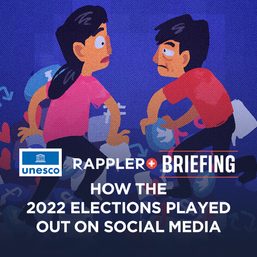


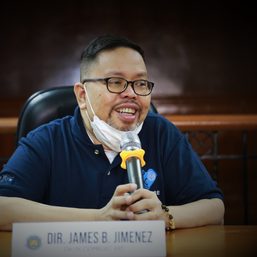
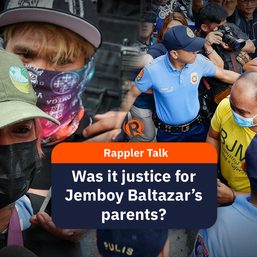
![[New School] Tama na kayo](https://www.rappler.com/tachyon/2024/02/new-school-tama-na-kayo-feb-6-2024.jpg?resize=257%2C257&crop=290px%2C0px%2C720px%2C720px)
![[Only IN Hollywood] After a thousand cuts, and so it begins for Ramona Diaz and Maria Ressa](https://www.rappler.com/tachyon/2024/02/Leni-18.jpg?resize=257%2C257&crop=262px%2C0px%2C720px%2C720px)

![[Just Saying] Marcos: A flat response, a missed opportunity](https://www.rappler.com/tachyon/2024/04/tl-marcos-flat-response-april-16-2024.jpg?resize=257%2C257&crop=277px%2C0px%2C720px%2C720px)
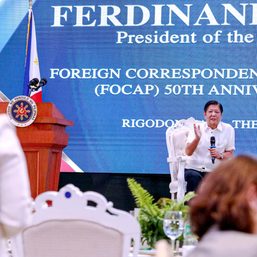
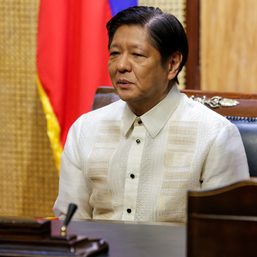

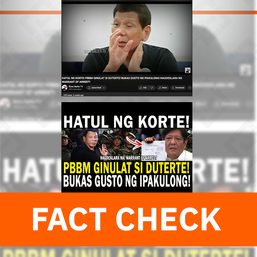
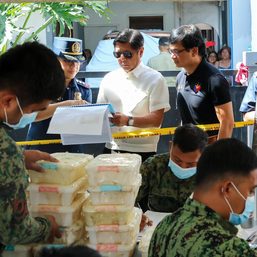
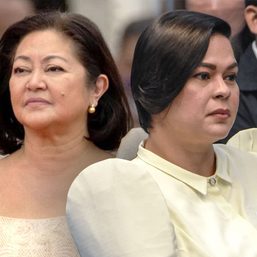
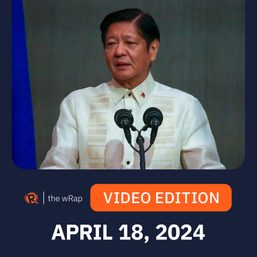
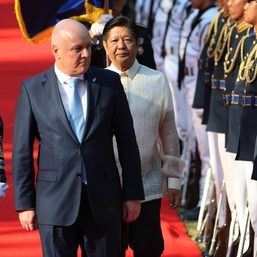
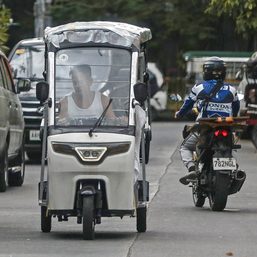
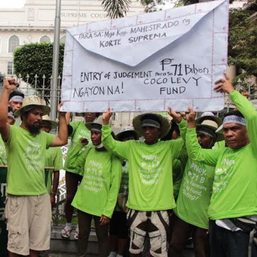

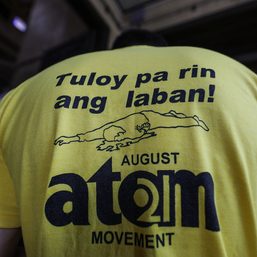
![[OPINION] What happened to laughter in February 1986?](https://www.rappler.com/tachyon/2024/02/tl-laughter-1986.jpg?resize=257%2C257&crop=346px%2C0px%2C720px%2C720px)

